Pudding, a dessert loved globally, embodies culinary creativity and comfort. Its texture—whether creamy, custard-like, or firm—and its flavor profiles, ranging from rich and indulgent to light and refreshing, make it a versatile treat. But what exactly goes into crafting these delightful concoctions? This article explores the ingredients, techniques, and cultural influences that define pudding-making, from time-honored recipes to avant-garde interpretations.
The Foundation of Classic Puddings
Traditional puddings often rely on simple, pantry-staple ingredients, though their preparation methods vary widely across regions. In British cuisine, for example, puddings like sticky toffee pudding or treacle sponge highlight the use of flour, suet (a type of solidified animal fat), breadcrumbs, eggs, milk, sugar, and warming spices such as cinnamon or nutmeg. These puddings are typically steamed or baked, resulting in a dense, moist texture. The inclusion of dried fruits like raisins or currants adds natural sweetness and chewiness, while a rich sauce—often made with butter, brown sugar, or treacle—completes the dish.
In contrast, European puddings such as crème brûlée or flan prioritize eggs, cream, sugar, and vanilla. These custard-based desserts require precise cooking to achieve a silky-smooth consistency. The addition of caramelized sugar on top, as seen in crème brûlée, introduces a contrasting crunch. Similarly, Italian panna cotta uses gelatin to set cream and sugar, offering a delicate, wobbly texture that pairs well with fresh berries or fruit coulis.
The Role of Dairy and Eggs
Dairy products form the backbone of many puddings. Whole milk, heavy cream, or buttermilk contribute richness and body. In custards, the ratio of dairy to eggs determines firmness: more eggs yield a denser custard, while higher dairy content creates a softer set. For instance, French pot de crème uses a higher proportion of cream to eggs, resulting in a luxurious, spoonable texture.
Eggs also play a dual role as binders and leaveners. In sponge puddings, beaten eggs incorporate air, creating a light crumb. However, in baked custards, eggs primarily thicken the mixture without significant rising. Vegan alternatives, such as aquafaba (chickpea brine) or commercial egg replacers, mimic these properties for those avoiding animal products.
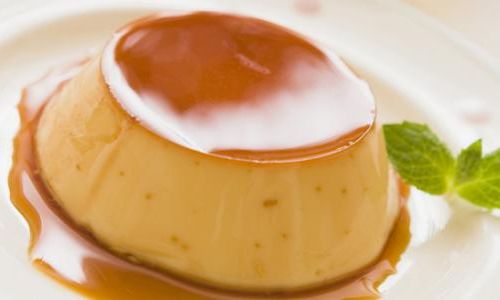
Starch-Based Thickeners
Starches like cornstarch, arrowroot, or tapioca flour are critical in puddings such as pastry cream or rice pudding. These ingredients thicken liquids when heated, creating a glossy, stable base. Cornstarch, derived from maize, is neutral in flavor and sets firmly, making it ideal for pie fillings. Arrowroot, a root starch, offers a clearer finish and is often preferred in gluten-free recipes. Tapioca, made from cassava root, imparts a chewy texture, evident in Brazilian pudim de leite condensado or Thai mango sticky rice.
Sweeteners and Flavor Enhancers
Sugar, in its various forms (granulated, brown, powdered), balances bitterness and enhances moisture retention. However, alternative sweeteners like honey, maple syrup, or agave nectar introduce unique flavor notes. For example, Mexican cajeta (goat’s milk caramel) uses caramelized sugar and milk, creating a nutty, complex sweetness.
Spices and extracts further elevate pudding flavors. Vanilla, cinnamon, cardamom, and nutmeg are common, while citrus zest, cocoa powder, or espresso add depth. Liquors like brandy, rum, or whiskey also feature in adult-oriented recipes, such as Irish bread pudding soaked in whiskey sauce.
Modern Innovations: Texture and Dietary Trends
Contemporary pudding-making embraces experimentation, driven by dietary preferences and textural curiosity. Chia seed pudding, popularized in health-conscious circles, uses the seeds’ gel-forming properties when mixed with liquid (e.g., almond milk), creating a tapioca-like texture without starch. Similarly, agar-agar, a vegan gelatin derived from seaweed, allows for firm, jiggly puddings like Japanese anmitsu, a dessert topped with fruits and red bean paste.
Plant-based milks (almond, oat, coconut) and dairy-free creams expand accessibility, while low-sugar options utilize monk fruit or stevia. High-protein puddings incorporate Greek yogurt, tofu, or whey isolate, appealing to fitness enthusiasts.
Cultural Adaptations and Regional Specialties
Puddings reflect local ingredients and traditions. In Southeast Asia, khanom thuai (Thai coconut pudding) combines coconut milk, rice flour, and palm sugar, steamed in banana leaves for a fragrant finish. Indian phirni, a rice pudding flavored with saffron and cardamom, is traditionally served in clay pots to retain coolness.
Latin American puddings often highlight dairy and caramel. Chilean leche asada (baked milk pudding) uses condensed milk and eggs, while Brazilian brigadeiro is a fudge-like truffle made with condensed milk, cocoa, and butter. In the Middle East, mahalabiya is a rosewater-scented milk pudding garnished with pistachios.
The Science of Setting and Stability
Achieving the perfect pudding texture hinges on understanding setting agents. Gelatin, derived from animal collagen, melts at body temperature, creating a smooth, creamy mouthfeel in desserts like panna cotta. However, its vegetarian counterpart, agar-agar, sets at room temperature and withstands higher heat, making it suitable for layered puddings or terrines.
Emulsifiers like lecithin (found in egg yolks) stabilize mixtures, preventing separation. In chocolate puddings, cocoa butter acts as a natural emulsifier, binding fat and liquid phases. Acidic ingredients (e.g., lemon juice) can curdle dairy, necessitating careful balancing with starches or sugars.
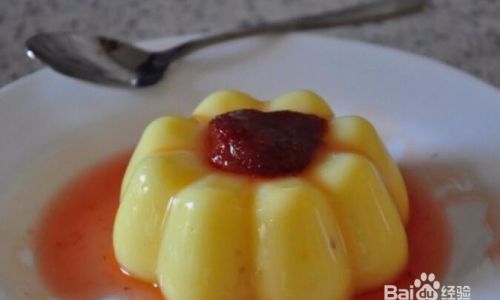
Troubleshooting Common Issues
Even seasoned cooks encounter pudding pitfalls. Overcooked custards may curdle; to prevent this, cook them over low heat or in a water bath (bain-marie). Lumpy starch-thickened puddings result from inadequate whisking or high heat—dissolve starches in cold liquid before adding to hot mixtures.
Weeping puddings, where liquid seeps out, often stem from overmixing or insufficient gelatin. To fix, ensure gelatin is fully hydrated before heating and avoid excessive stirring post-setting.
Presentation and Garnishes
The visual appeal of pudding rivals its taste. Drizzles of caramel, chocolate ganache, or fruit coulis add contrast, while fresh berries, mint sprigs, or edible flowers elevate elegance. Textural garnishes like toasted nuts, coconut flakes, or crushed cookies introduce crunch.
In modernist cuisine, molecular gastronomy techniques like spherification (using sodium alginate and calcium chloride) create pearl-like pudding caviar. Nitrous oxide whippers produce airy foams, transforming dense puddings into ethereal mousses.
Sustainability and Ethical Considerations
As consumers prioritize sustainability, pudding ingredients are evolving. Fair-trade vanilla, organic dairy, and locally sourced fruits reduce environmental impact. Waste-reducing recipes, such as using stale bread in bread pudding or overripe bananas in vegan chocolate pudding, promote eco-conscious baking.
The Future of Pudding: Innovation and Inclusivity
The pudding landscape continues to expand, embracing global flavors and dietary needs. Gluten-free rice flour puddings, keto-friendly avocado mousse, and halal-certified gelatin alternatives cater to diverse audiences. Fermented ingredients like kefir or yogurt add probiotic benefits, while smoked or charred flavors introduce umami depth.
Conclusion
Pudding’s allure lies in its adaptability—a canvas for culinary imagination. From the humblest steamed sponge to avant-garde molecular creations, its ingredients reflect history, culture, and innovation. Whether you prefer the timeless comfort of a classic British pudding or the daring fusion of matcha-chia seed parfait, one thing remains certain: pudding’s magic resides in its ability to transform simple components into moments of pure delight. As chefs and home cooks alike push boundaries, the future of pudding promises endless sweet possibilities.
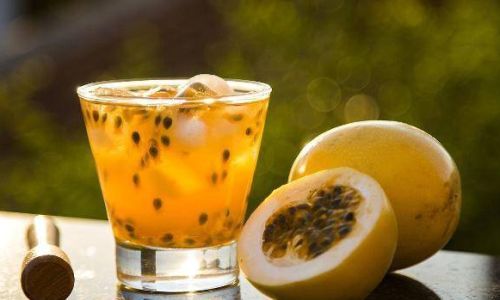
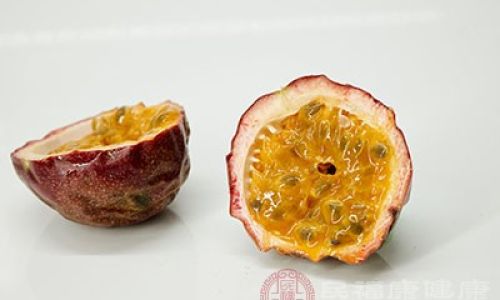
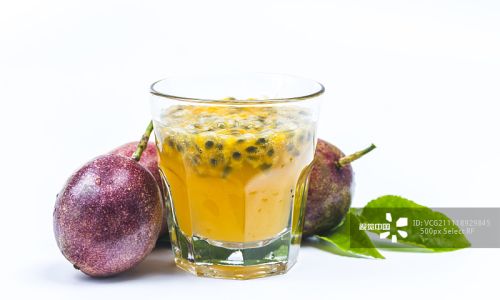

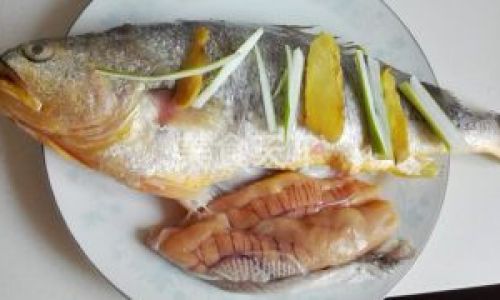
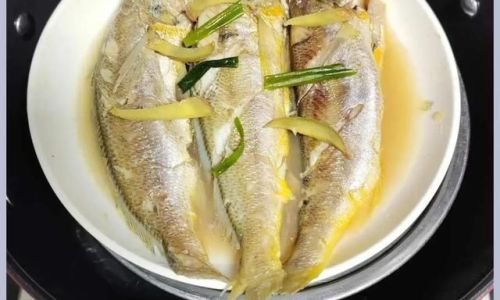
0 comments